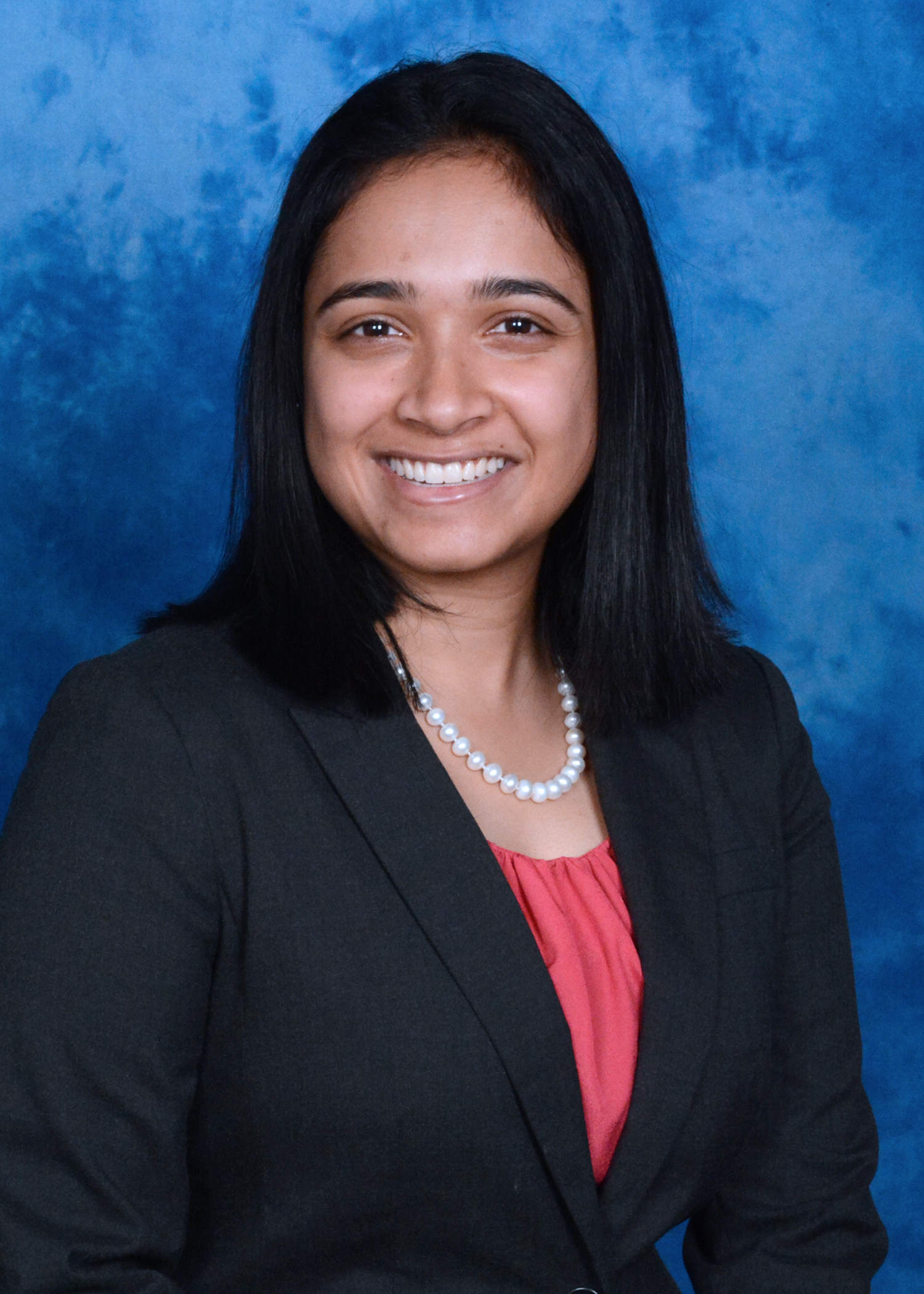Walking down the halls of the Anaheim Convention Center, excitement is in the air. There is anticipation of knowledge to be shared and inspiration for research to be presented. The sense of camaraderie and being a part of a cardiology community committed to advancing clinical, basic, and translational research to benefit patients both now and in the future is pervasive.
Despite its global reach, the atmosphere at AHA makes you feel like you are part of a large family: uniting old colleagues and mentors and forming new relationships that carry well into the future. This was particularly apparent at the Early Career Luncheon with Legends, where current pioneers and trailblazers in both the clinical and research realms mingled with their future counterparts while breaking bread. Simply sitting in the presence of these amazing clinicians and being able to learn about their journey to their present position was invigorating and certainly inspired me to be able to pay it forward like this one day in the future. The willingness of today’s legends to participate speaks volumes about the importance of mentorship and the value that is placed on education for trainees.
While the first part of my day was focused on building connections and gaining advice for building and launching my career, the second part of the day was spent learning about innovative trends and incorporating technology in medicine. The last few years have seen an explosion of healthcare technology innovation ranging from wearable sensors to application development to utilizing smartphones to engage patients in data collections. Though still in its infancy, it became clear to me while listening to these presentations that it is not a matter of if technology and AI will be incorporated into my future practice, but simply how and when it will occur.
I was particularly intrigued to hear about utilization of Fitbit technology to count steps and help better define the progression of neuromuscular disease such as Multiple Sclerosis. At present, there are many pitfalls and obstacles to incorporating this technology into clinical practice (patchy data, no validation of accuracy); I can envision a collaborative system in which clinicians can gain real time data about a larger cohort of patients when fully implemented.
I came out of this session inspired to learn more about advancing technology in advanced heart failure which I think will be of utmost importance in our LVAD population. How will technology affect our sickest most vulnerable patients? How can we use technology to forecast advances and obstacles? How can we become more innovative in our day to day practice to create change on a single patient level or a population level?
With day one down, I am eagerly looking forward to continue being inspired over the next few days.

Megan Kamath is a Fellow in Advanced Heart Failure and Transplant Cardiology at the University of California, Los Angeles. Her research interests include outcomes in advanced heart failure, decision making and relational medicine, and utilizing technology in healthcare.